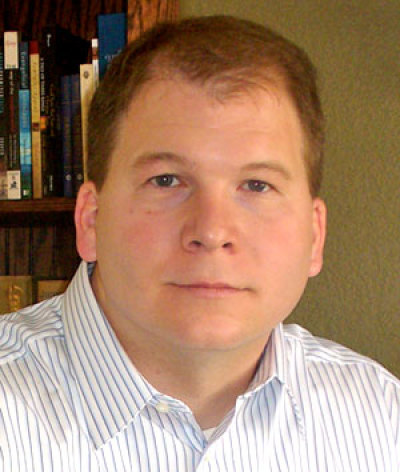What is our Christian identity in this anonymous age?

Last week, A friend forwarded me a letter circulating in his community. It called for him to apologize for his race and placed on him the burden of hundreds of years of institutional racism and past injustices.
There was no room for dissent, no room for disagreement. Agree in every way or stand condemned. That’s not uncommon in this cultural moment.
There’s an incredible intensity and, as my friend put it, incredible absolutism for each and every issue, not just the race issue. It seems that the entire world is at stake with what we think and what we say. Despite near-constant calls to have dialogue and conversations, too often tempers flare and the whole thing devolves into diatribe, with echo chambers reinforcing what each side has already thought. And for Christians, these moments threaten to steal our understanding of where we fit in a greater story.
God is writing a great story for the whole world, and Scripture reveals that story. It’s the story of creation to new creation, from the heavens and earth to the new heavens and new earth. We’re somewhere in that timeline, in this tale of creation, fall, redemption, and restoration.
It is important to ground ourselves in the truth that we have been created by a good God, and have been created good as part of a marvelous story of redemption and renewal. Even though in the fall of Adam, so much of God’s good creation has been twisted and frustrated and is now in need of reorientation and healing.
The story is clear, that God has worked in history, in Christ, to renew His creation and to make people new, to help them understand their role in the grand story of the renewal of all things.
As we see this story correctly, as we become part of this story, as we learn to find our moment in the larger story, then suddenly we can have the clarity that we all need, particularly in this confusing cultural moment.
Right now, one of the most confusing things in our moment is all the bad ideas that we hear all the time about who we are, about what it means to be human. The deepest conflicts at this moment aren’t moral ones. It’s not a disagreement about what’s right and what’s wrong, even though certainly our views on that as a culture have dramatically changed. The deeper confusion is about who we actually are.
On one hand, you have Scientism’s view of what it means to be human, which has dominated academia and the cultural imagination in so many ways for a century or more now. This says that we’re essentially the result of mindless, costless, purposeless processes. There’s no Higher Power that had us in mind, and we’re not headed to any sort of goal or purpose in history.
On the other hand, you have this postmodern construct that says that you and I are whatever we choose to be. It says that the number one responsibility to be human is to express our “true selves,” and the number two responsibility is to accept other people’s “true selves.” But those true selves might be completely disconnected from reality, disconnected from biology, from bodies, from families, from anything other than our own self-determination. This has become a breaking point in our culture, but of course, we’re not the first generation to face something nearly as challenging.
The Apostles, Peter and Paul experienced the decadent Roman Empire. St. Patrick faced a pre-Christian Ireland. Christians throughout history have found themselves in the rockiest of social soils, and at some level, they have been able to survive, and even thrive, by remembering what is ultimately true, what is ultimately good, who they ultimately are in creation.
These Christians have stayed the course through Christ, remembering that the Christian worldview is big enough for the challenges they faced. That reality is still true today.
The Christian worldview is big enough for all the experiences in the world, both the problems and the glories. It is big enough for the groaning and the graces, the things that make us stand in awe and the things that make us weep in despair. In fact, if we have a clear view of Christian history, in a clear view of the sovereignty of God and the authority of Christ over all of creation, moments like these, as confusing and crazy as they are, can get us excited. We know that God is bigger than any cultural moment; we also know that God is revealing Himself to us in new and powerful ways.
This commitment that Christ has made, to reveal Himself in the world, it is what drives and grounds the Colson Center in almost everything we do. This is especially true in our rhythm of routine short courses. The newest series is coming out of the Wilberforce weekend, where we focused all of our attention on this idea of the image of God. We want to take that to an even deeper level.
I’m so pleased that our next short course will be looking at additional aspects of the image of God. These aspects are housed in a brand new book, published by my colleagues Timothy D. Padgett and Dr. Glenn Sunshine. The driving force of the book is to show that the image of God is more than a theological trivia point that we all know is true. It is fundamentally a grounding for our perspective and what it means to understand ourselves and everybody else that we encounter in this cultural moment.
Originally published at BreakPoint.
John Stonestreet serves as president of the Colson Center for Christian Worldview. He’s a sought-after author and speaker on areas of faith and culture, theology, worldview, education and apologetics.




















